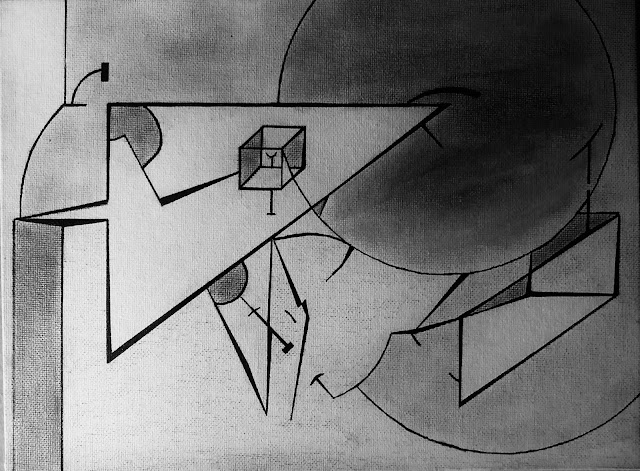Section 3
Official Report On The Intransitionalist Chronotopologies of
Kenji Siratori: Appendix 8.2.3
Official Report On The Intransitionalist Chronotopologies of Kenji
Siratori:
Appendix 8.2.3
Series Introduction
to Appendices 1 - ■∞
The
Ministry of Transrational Research into Anastrophic Manifolds formed in
response to the breakdown in relations that followed the Assembly of
Patamathematical Micronations in August 2041.[1]
Assigned with the confidential “Chronotopological Portfolio,”– which later took
a top secret status and was rechristened the “Official Report on the
Intransitionalist Chronotopologies of Kenji Siratori” – the Ministry seeks to
collect, aggregate, and offer exegesis on the w 1 asemic
signals and etheric flows intercepted by the Assembly in November 2084.[2]
In contradiction with accepted physical law, the signals, originally suspected
to be either a simple computing error or transgressions in spacetime, ultimately
indicated a glitch occurring at the atomic level of both alphanumeric form and
physical matter. Consequently, it is the position of the Ministry that these
signals complicate even the most eccentric models of calculation, measurement,
formalism, agency, and representation. Nevertheless, the investigations offer
transrational insight into the role that self-(dis)organized criticalities may
play in disremembering, dys-representation, and alocalism in the context of the
critical artificial development environments upon which epistemic certainties
have been treated as axiomatic. After the illnesses and deaths of the first
three directors of the ministry, Canadian literary theorist Dr. Andrew C.
Wenaus accepted the role as Director of the Ministry; despite his own
yet-explained death and the disappearance of his body five years prior to his
birth in 1983, Wenaus now communicates regularly with the Ministry in the form
of a watermeal frond kept in an undisclosed spacetime intersection.
Shortly
after the inauguration of the Ministry, a special team was assigned the task of
identifying the source of the asemic signals and etheric flows. Beginning in
2056, the Ministry made the important discovery that the source of the signals
of interest could not be located via distance, angle, or area (that is, the
signals could not be geographically located), but were instead functions of
shapes, relational positions, and connections. The Ministry turned their
research to the field of topology to see if they might find topologically
self-similar but visually iconic homeomorphic spaces and surfaces. By decoding
the signals into language, the Ministry discovered a repeating pattern of
deliberate, carefully crafted, glitch gestures[3]
that one member described as “horror, science fiction, Dadaism,” whereas
another suggested that it appeared to be congruent with the 20th century genre
of cyberpunk or Japanoise. Sending some of the signals back to the late 1990s,
the Ministry found that the signals themselves were suddenly being published online
and in paperback at an astonishing rate. The author of these works was a
mysterious Japanese multimedia artist based in Sapporo named Kenji Siratori.
The
Ministry maintains that it is uncertain as to how Siratori was able to
intercept the signals and harness them for his own art. There remains
disagreement within the Ministry as to whether or not Siratori was, indeed, the
instigator of the signals from the future in the first place. As the signals
became public, Siratori began catching the attention of certain literary and
cultural critics. “Kenji Siratori,” a critic whose identity remains unknown
contends, is “a […”]. While the Ministry found these insights fascinating, they
were convinced that it would be more fruitful to continue considering the
signals (hereafter designated Siratori Signals) mathematically and, especially,
topologically. The Siratori Signals themselves are, the Ministry contends,
divinely neutral in the absolute sense. Indeed, the signals hinted at something
more ubiquitous, axiomatic, and essential than any planetary-bound cultural,
affective, or aesthetic activity.
The Ministry thereafter turned their
attention to translating the Siratori Signals into various forms of data, but
their attempts were complicated by two peculiar phenomena. First, researchers
who attempted to homeomorphically deform and reform the signals began to report
sensations not unlike being marionetted by an invisible xenoforce.[4]
Initially, researchers were able to conclude that the Siratori Signals were
homeomorphically invariant. No matter how the researchers relentlessly
deformed, stretched, bent, or knotted the Siratori Signals, there was something
essentially immutable about their conceptual shape and ultrametric contours. On
the very day that this conclusion was reached, the reports of possession began.
There remains disagreement as to whether this was a marvel or an abyss. Members
of the Ministry closest to the project began to experience emergent states of
auto-glossolalia and somniloquy. Researchers reported that, as if marionetted
by some invisible force while awake or asleep, they would begin repeating 317
identical iterations of the same words and phrases. These utterances ranged
from narratives, traceable and untraceable academic sources, unknown languages,
poetry, strings of numbers, and even commentary on Siratori himself. This was
simply the beginning of the mystery: researchers shortly afterwards began to
notice the self-same utterances that interrupted their days and plagued their
sleep began to appear independent of any author in the data itself as
footnotes. Examining the data logs to see if a competing research group was
perhaps playing a prank or, worse still, attempting to sabotage the Ministry’s
ethos, the Ministry discovered that the footnotes mysteriously appeared in the
logs at timestamps ranging from 5 billion years ago to 700 trillion years in
the future. Secondly, in a few, rarer
instances, researchers experienced a faint pulsating vibration behind the nasal
cavity, near the soft palate; these vibrations were eventually recorded,
amplified, de-noised, and decreased in speed and pitch by 900%. Astonishingly,
the vibrations revealed themselves as full musical compositions with
recognizably human voices.[5]
Determining that the glossolalia, somniloquy, impossible chronology of the
footnotes, nasal irritation, and music were not computing errors or software
glitches and were, in fact, genuine, they turned their attention to the
Siratori Signals as chronotopes or, what they would later designate in acknowledgement
of the signals’ invariant homeomorphic plasticity, chronotopologies. Perhaps
the easiest way to conceptualize a chronotopology is to consider it a pliable
version of “block time” – that omnidirectional version of spacetime viewed from
outside reality as a four-dimensional block. In this sense [… …we]ak anthropic
model [… …i]ndeed, Siratori seems to treat the principles of superdeterminism
as a kind of super-détournement.[6]
[… …Th]e chronotopological
properties of the Siratori Signals were smooth, invariant, and complex.
Researchers who tried to merge the surfaces of the Siratori Signals using
Bolyai-Wilson Adhesive modeling software would become severely ill and
experience aggressive hair loss. In one tragic instance, Ministry member Dr.
David Roden attempted to cut the surface of the signals and instantly
disappeared[7]
leaving behind dangerous trace amounts of neutron emissions.[8]
In response, the Ministry placed new restrictions on the ways in which the
surfaces of the Siratori Signals could be deformed. By decompressing the
Siratori Signal surfaces and making the smooth contours into sharp or spikey
polyhedral surfaces, the Ministry proceeded with the process of triangulation
whereby the polyhedral surfaces are divided into “triangles” with the necessary
condition that each side of a triangle be shared by two adjacent triangles. By
doing so, the Ministry was able to more easily record the countability of
vertices, edges, faces, and angles of the Siratori Signals’ surface. They
discovered, to their terror and astonishment, that the Siratori Signals’ Euler
characteristic was chrono-homeomorphic with the known universe itself. The
Ministry has yet to comment on the significance of this finding claiming that
the project no longer has concerns of an epistemological nature. Nevertheless, Wenaus
has generously offered the following elegant statement that, the series editors
trust, speaks for itself and should suffice as adequate for the reader: x(t)=■∞-1.
-Andrej Shakowski
(Cairo, March 1922)
[1] The timeline of the
disagreements is recorded, with commentary, in Official Report on the Intransitionalist Topologies of Kenji
Siratori
Vol. 13920, “On [O w1) and other Braggarts,” pps. 6207-6328.
[2] A description of the
nonlinear chronotopic processualism, elegantly modeled by the Kruchenykh-Hysteron
Proteron Working, can be found in Vol. 364, Appendix 3.1.7. This negentropic
phenomena is not accepted by the Department of Atopic Poetics and Radial
Hieroglyphic Vortices and is the cause of its official schism from the
Ministry. See Vol. 981, Appendicitis 2.8.
[3] See ----------------------------------------,
p. 3---3--.
[4] See
Wenaus, Ω - 1 Chronotopologic Workings, (Schism Press, 2023), pps.
347-451.
[5] These recordings are comprised
of over six hundred hours of music, ambience, and speaking. You can find
samples in the attached CD.
[6] See Wenaus, Ω - 1
Chronotopologic Workings, (Schism Press, 2023), pps. 699-716.
[7] There is disagreement
among Ministry Members on whether or not Roden did, in fact, disappear. Days
after the incident, several members’ computers were infected with a virus. The
virus’ source code included what some Members maintain are transmissions from and
attempts at communication by the late Roden. One Member, since
institutionalized, asserted that this source code always was Roden and
what the lost colleague was communicating was, at once, “petrifying…or
radiantly blissful…ontological mutinying in the most galvanic, even crystalline,
sense!” See Chronotopological Portfolio Vol. 78.9, “Postmortem
Report on the Hyperstitional Superpsychosis of Dr. aaaaaasssaa.”
[8]
Section 4
Ω - 1 Chronotopologic Workings
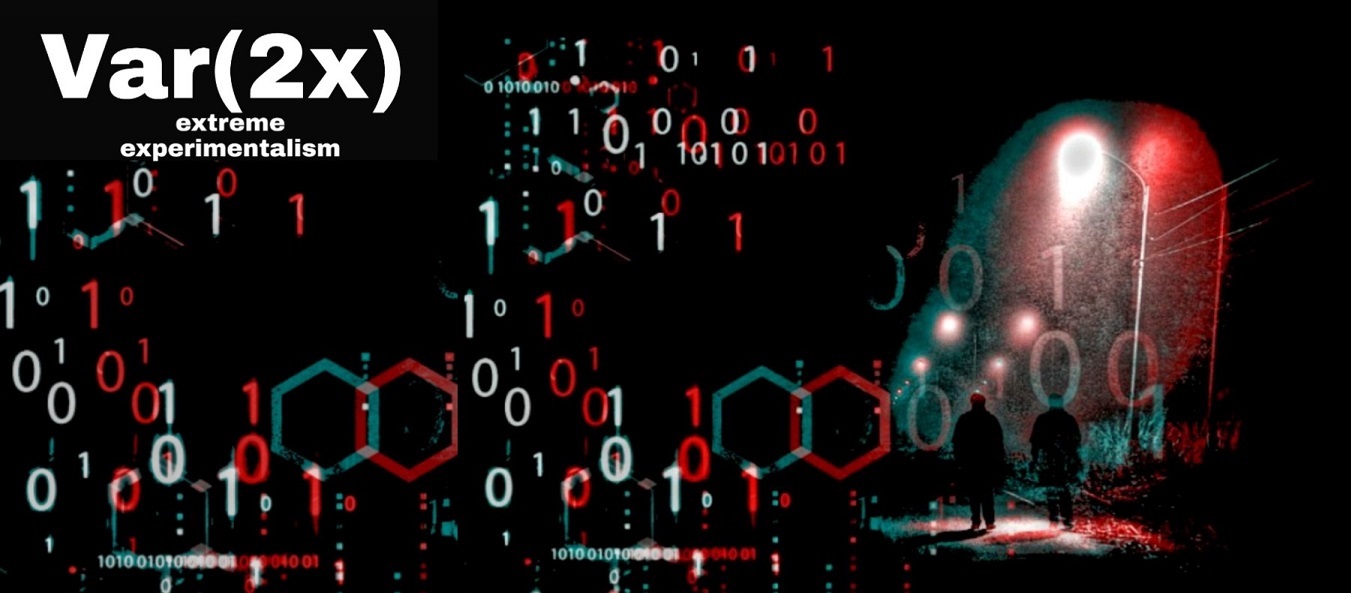




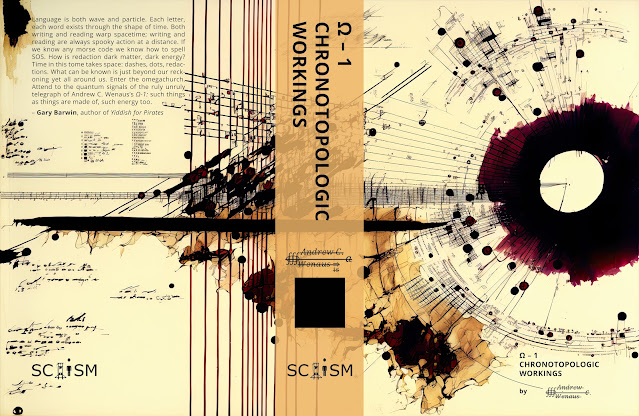




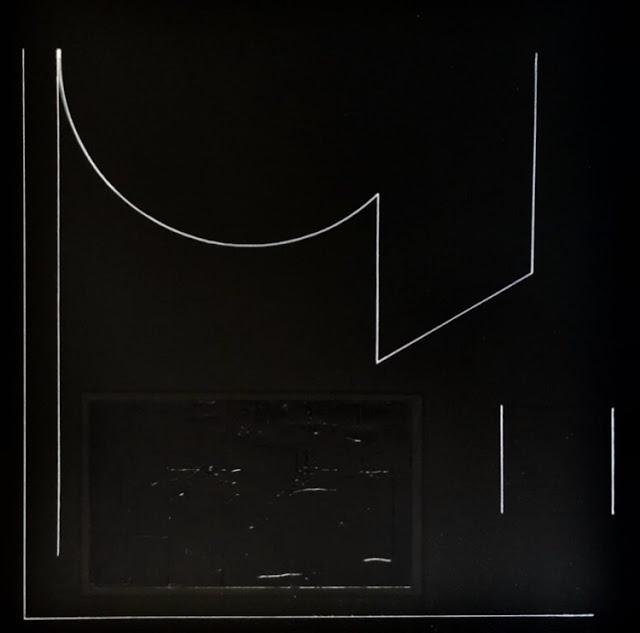

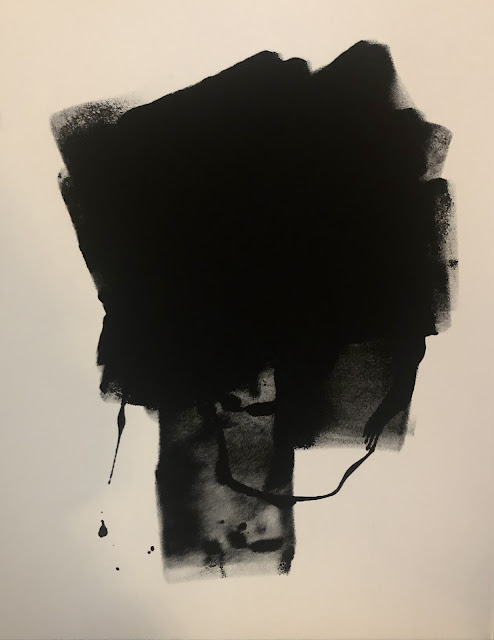

_Photography_Mixed%20Media.jpg)
_Photography_Mixed%20Media.jpg)






